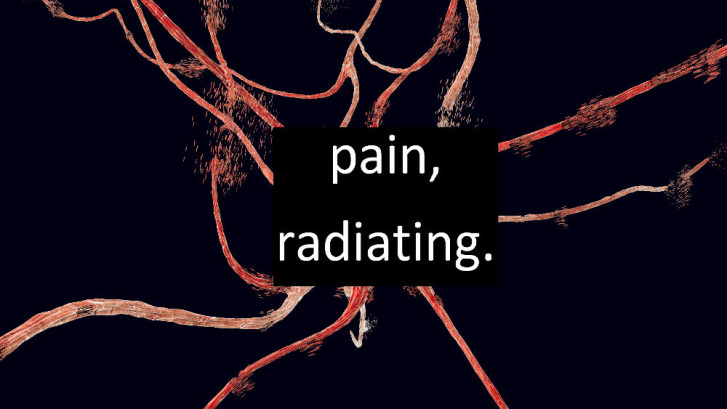The Sciatic Nerve: What You Need to Know About the Longest Nerve in Your Body
Aside from sounding like a really cool place to live (a sky attic? yes please!), the sciatic nerve is the largest nerve in the body, running from the spine down to the foot on both sides. If you ever feel radiating pain, chances are the sciatic nerve is involved.
Referred to by doctors as sciatica, pain along the sciatic nerve can be anywhere from bothersome to severe and debilitating. But for patients who are struggling to treat and prevent sciatica, knowing how and why it occurs can mean all the difference.
How Nerves Work
The peripheral nervous system (to which the sciatic nerve belongs), is composed of nerves exiting the spine and extending to the extremities. When a peripheral nerve is irritated, compressed, or inflamed, it sends electrochemical signals to the brain, which interprets the aggravation as the sensation of pain.
What You Can Do to Prevent Sciatica
Because the sciatic nerve is part of a large, complex system of nerves, muscles, and other tissue in the spine and back, one of the best and easiest ways to prevent sciatica is to care for your back as a whole. This includes supporting your lower back with proper posture when sitting and standing, avoiding obesity or being overweight, and keeping the muscles conditioned with regular exercise and stretching. Frequent degenerative, age-related changes in the back, also known as arthritis, can contribute to or even cause sciatica. For this reason, keeping active, fit, and at an ideal weight is doubly important as we age.
Why Protecting the Sciatic Nerve is Crucial
If you suspect you have sciatica, talk to a doctor right away. Leaving sciatica untreated can result in permanent nerve damage, which can basically mean permanent pain – despite medications and therapies. Permanent nerve damage can also mean permanent numbness to those parts of the leg to which the nerve lends feeling, and even weakness to those muscles that the nerve controls.
Treatment Options for Sciatica
Treatment options for sciatica include rest, ice, and physical therapy. Your doctor may prescribe NSAIDs (non-steroidal anti-inflammatory medications) such as ibuprofen (Motrin) or naproxen (Aleve), muscle relaxers, and possibly corticosteroids for helping with the pain and inflammation. Additionally, diagnostic studies may be performed such as MRIs, to understand the root of the problem. If the studies show that there is significant inflammation or pressure on a specific nerve root where it exits the spine, an epidural steroid injection may be recommended.
For severe cases, surgery, such as a microdiscectomy, may be recommended. A microdiscectomy (in which part of a spinal disc is removed) would be recommended if the cause of sciatica is a spinal disc that is pinching, or placing pressure on, the nerve root. A microdiscectomy would only be recommended if an epidural has been unsuccessful or is not an option.
If you have lower back pain, and/or suspect that you may have sciatica, talk to a doctor. If you don’t have pain, still talk to a doctor. Regular check-ups – whether in sickness or not – are crucial to maintaining your health.
For more information, and for ways to schedule an appointment at Healthpointe, call (888) 719-8448.
Medically reviewed by: Dr. Roman Shulze
About Healthpointe
Healthpointe is a leading multidisciplinary healthcare organization offering a full range of medical services in practice locations throughout Southern California (Los Angeles County, Orange County, San Bernardino County, and Riverside County). We are proud of our record of excellence over the last four decades with injured workers, personal injuries, athletes, and more. For more information, a complete list of services, and Healthpointe locations, visit Healthpointe.net.

